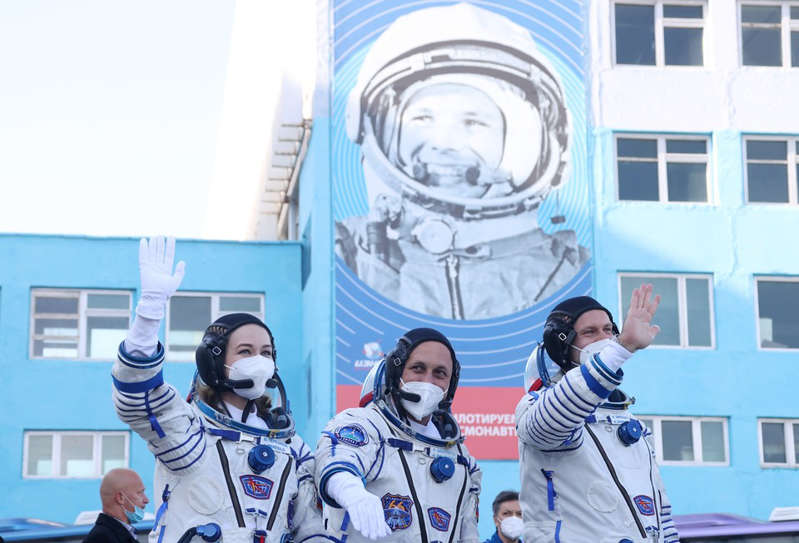Among people connected in one way or another with astronautics, I have not met people who are indifferent to the “Challenge” project. Some criticize the shooting at the International Space Station for no reason: they have crossed the road to professional cosmonauts, they will not remove anything sensible … Others vehemently support the founding father of the project, the head of Roscosmos Dmitry Rogozin: he does the right thing, this is the only way to draw attention to astronautics in our time.
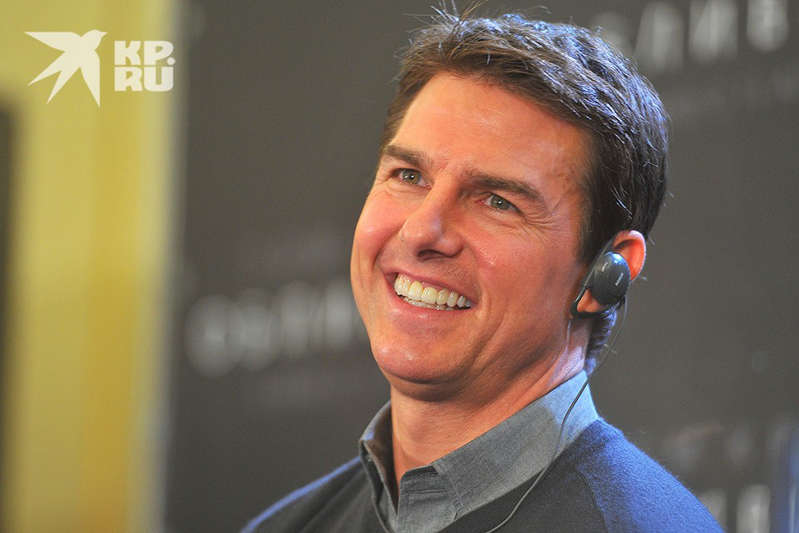
What exactly is this project “Challenge”? It is the project or, as they call it in Roscosmos, a scientific and educational project, and not just filming in the Russian segment of the ISS. To do this, let's move a little in time and space from the event and look at what is happening today in the context of the last decades of the development of the Russian manned program. Just like in a movie: the camera focuses and takes a wide shot.
So…
Envy of Tom Cruise?
To begin with, let's figure it out: what is the cinematic meaning of The Challenge? Overtake Tom Cruise, who is supposedly going to the ISS to shoot a blockbuster? In fact, nowhere in the American press have I seen a statement from the actor himself or his agent that negotiations with NASA about such filming are underway. They say they were. They say…
All the original source of information was a post by journalist Mike Fleming on a Hollywood site that Cruz called Elon Musk and asked about the possibility of using Space X for filming. Musk, by the way, did not confirm that there was such a call. He answered evasively: “It would be fun …”
From this post went hundreds of rehash about “Mission Impossible” to the ISS. (For reference: the American segment of the station is subordinate to NASA, not a private company, let it be a campaign and Space X. And even if Musk really wanted to, he could not give Cruise the go-ahead for shooting). About NASA, apart from vague comments that “we would not mind,” nothing is heard either.
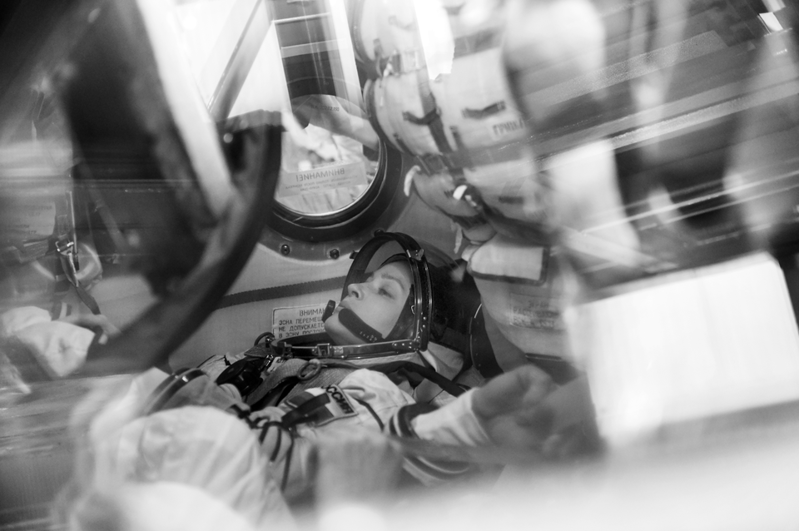
That is, we dismiss the version of “overtaking Cruz” as not being fact-checked.
And according to the published plot, the film that Klim Shipenko is going to shoot can hardly compete with the action-packed action films of Tom Cruise. And in my opinion, there was no such task – to make a blockbuster. So far, there is a feeling that a modern production drama awaits us: an astronaut fell ill in orbit and a doctor (Yulia Peresild) is urgently sent into space to perform an operation in zero gravity. In general, not a Marvel swing …
Therefore, for me the final product in the form of a movie is not an end, but a means. What is happening now is more important: the inclusion of the maximum number of spectators in the very process of preparing artists for the flight. The opportunity, finally, to see in detail and respectfully the people of the Cosmonaut Training Center – instructors, doctors, engineers. See how the daily preparation of people for a risky mission into orbit is going on.
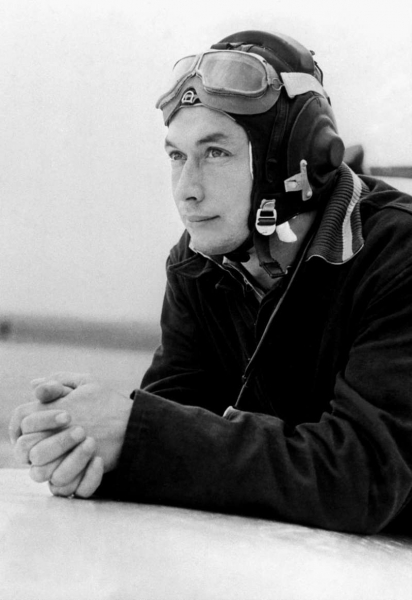
We sympathize with the heroes of the project. And through their behavior, through the events that happen to them, we involuntarily get involved in the process of preparing the next mission, see how complex and beautiful the rocket device is, look inside the ship, travel through the station.
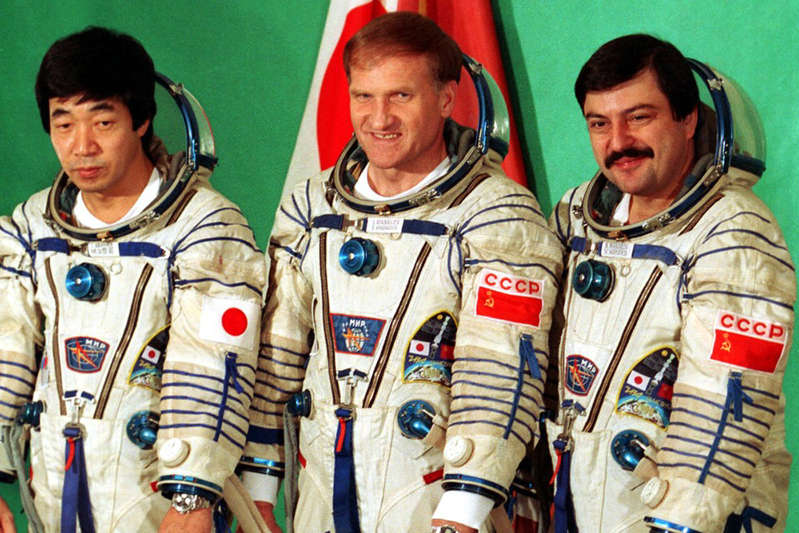
The fragile blonde Peresild and the broad-shouldered Shipenko, thanks to the magic of Channel 1, are already at home, they are putting on spacesuits in the kitchen.
About space weather
Recently I gave a lecture on the history of cosmonautics to one hundred and twenty cadets of nautical schools – boys 16-17 years old. He asked a banal question: “Which of the astronauts do you know?” “-Gagarin”. One in the back row squeezed out the name “Tereshkova”. “- Who is Korolev” “- Probably an engineer.” “- Why?” “- Well, you are talking about space engineers!”
Nobody knew that for twenty years a unique 440-ton station was flying over their heads, that cosmonauts lived in it and that 65 long-term crews were working on it! Like guys and girls flew yesterday from another planet! And these are future navigators, power engineers, mechanics – technical people. Many of them will have to deal with space technologies and navigation on their flights.
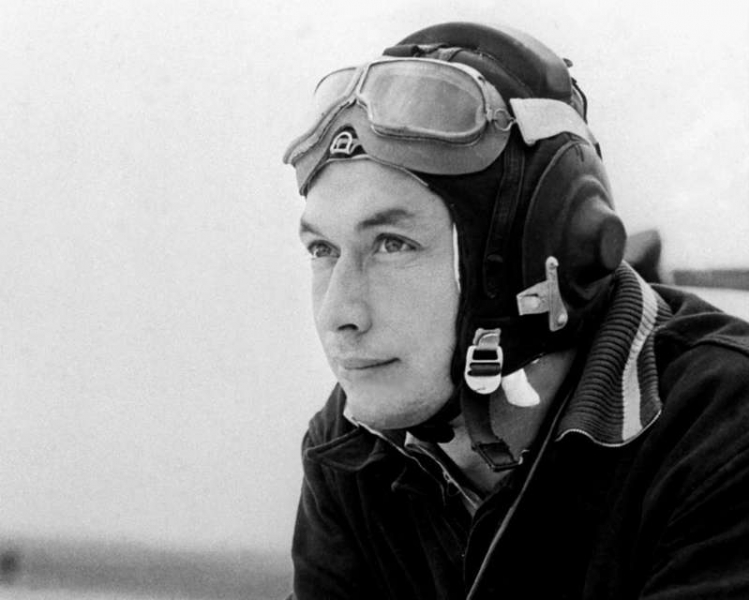
The Challenge project is an opportunity to shake up the country, to remind that we were the first in space and that we are now doing a lot of interesting and useful things on the ISS. Yes, there may be a radical way. Can you suggest another one?
To shake up, taking a conscious risk – the flight of a graduate of the Russian Academy of Theater Arts and a student of the film production department of the University of California, who were trained for 3.5 months – this is not the flight of a professional who has trained for at least eight years.
This is an important pragmatic task today – to interest society in what is happening in space and tell where we are going next. And thus bring new engineers into the space industry. Obtain funding for the construction of the ROSS national orbital station. And we really need it – the ISS will last until 2024, maybe until 2028 or even until 2030. And then? It is necessary today to lay a new station using new materials and modern technologies.
About the new station
The new domestic station will differ significantly from the current Russian segment on the ISS. It will be in orbit, from which most of the territory of our country will be visible. It is quite possible that there will be no long-term expeditions as it is now. There will be replaceable modules for tasks, and specialists who know how to work with specific scientific equipment will arrive.
In this case, it is more logical that not only “universal” cosmonauts, who know how to control the spacecraft and know how to maintain the modules in working order, work for the station. We will deliver scientists – physicists (they would certainly better conduct an experiment to create new materials), biologists or doctors (growing living tissues, for example), astronomers, meteorologists. The ISS, of course, is not a CERN collider, but it is also a complex structure and professional knowledge is needed to work with its scientific equipment.
Let me remind you that taking scientists into space is not a new topic. Back in 1964, our doctor Boris Egorov flew on Voskhod-1. The Americans in the Apollo 17 crew sent the professional geologist Harrison Schmitt in 1972.
Scientists for the flight do not need to be trained as much as professional astronauts. The scheme of accelerated training worked out for Peresild and Shipenko is a reserve for the future. Here and saving time. And financial savings. And more efficient use of technology. So it turns out that the scientific and educational project “Challenge” is really a scientific project.
At whose expense?
Now about the impact – they say, filmmakers flew at the expense of the state budget. Let's go from the other side: is it the task of a private trader to popularize astronautics, attract young engineers and workers to enterprises, obtain new orders, and search for investors? The space industry employs almost 250 thousand people. With family members, space in our country feeds almost a million people. Plus – the development of technology, security and much more.
Let's go further. One of the arguments of the opponents of the project is that the actress and director crossed the path of professional astronauts. Yes, two guys will fly later. And, again, this is not the first and not the second case when the flight program and the crew are changed for new tasks. After the filmmakers return, two cosmonauts, Anton Shkaplerov and Peter Dubrov, will remain at the station together with the spacecraft commander Oleg Novitsky. This is enough for the current tasks facing the crew of the Russian segment.
By the way, we sent “passengers” with much less benefit for astronautics. You can recall the Intercosmos program, when the USSR “gave” all its geopolitical friends their personal “Gagarins” – they took a Mongol, Vietnamese, Indian, Afghan, Cuban, Romanian, Pole, German, Bulgarian, Hungarian to orbital stations. You can remember the engineer of the factory of chocolate bars “Mars” British Helen Sharman, who flew to the station “Mir” at the expense of the Soviet budget at the request of Margret Thatcher to Mikhail Gorbachev. Or the Japanese journalist Toehiro Akiyama (who went for TBS money, though). During the flight, he was so bad that all the reports for him were filmed by Soviet cosmonauts.
You can also remember space tourists – some of them flew with their scientific program, and some – lounged sitting at the window. We can also say about the clown, the head of Cirque du Soleil, Guy Laliberté, who, by the way, also did not prepare for a very long time – just over five months.
Space X has already taken four tourists on a three-day walk into space. Prepares to receive space flight participants from the American side and the ISS.
In general, space has long become a place where not only professional astronauts work. And flight programs are dynamically changing for different tasks.
There is one more reason that so far allows organizing various additional projects at the station – this is not a full load of it with scientific experiments. Some of the experiments, including biomedical ones, are a continuation of research that was carried out ten years ago and twenty years ago. Recently, at a meeting of the Public Council of Roscosmos, Anatoly Petrukovich, director of the RAC Space Research Institute, said that this famous space institute, the country's main space institute, has not been conducting experiments on the ISS for ten years. We delivered a multifunctional laboratory module “Science” into orbit. And the scientific program for its unique capabilities is still being formed. By and large, the International Station itself, its flight, the work of the modules – is a grandiose scientific and technical experiment.
Now another unusual experiment will take place on the ISS – shooting a feature film.

